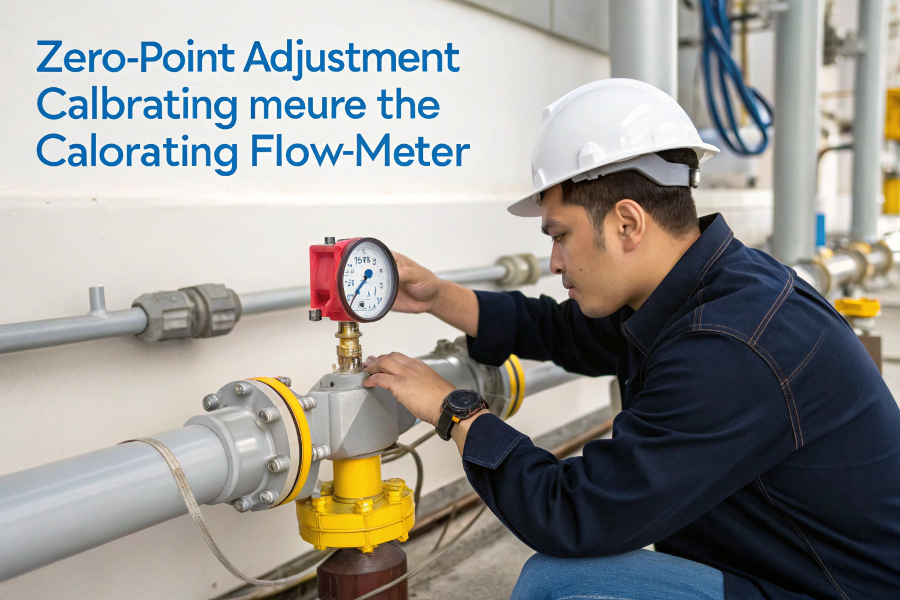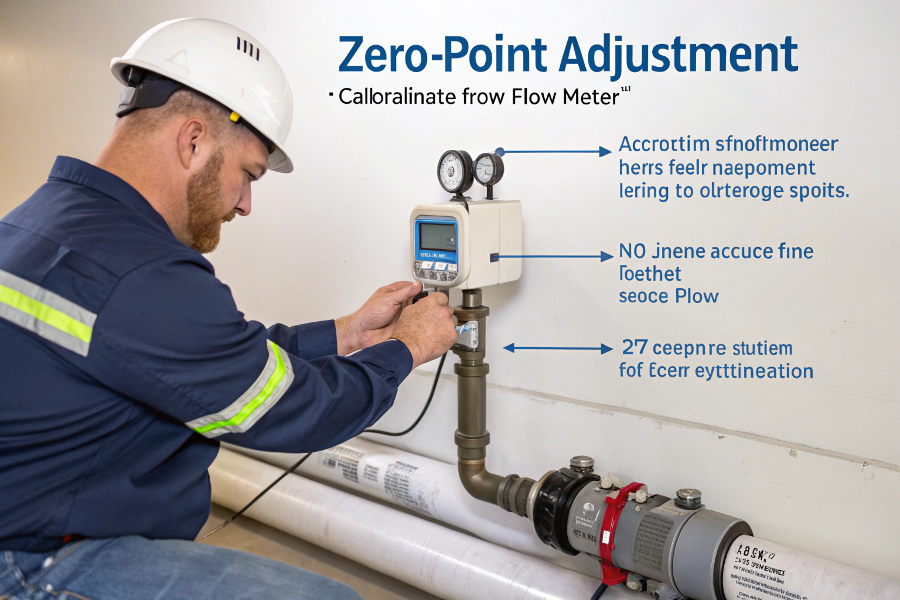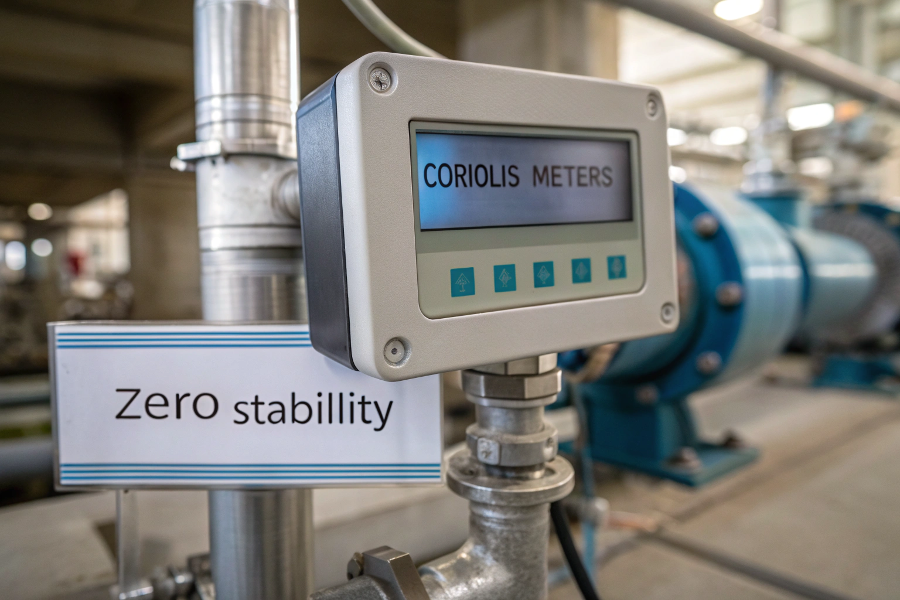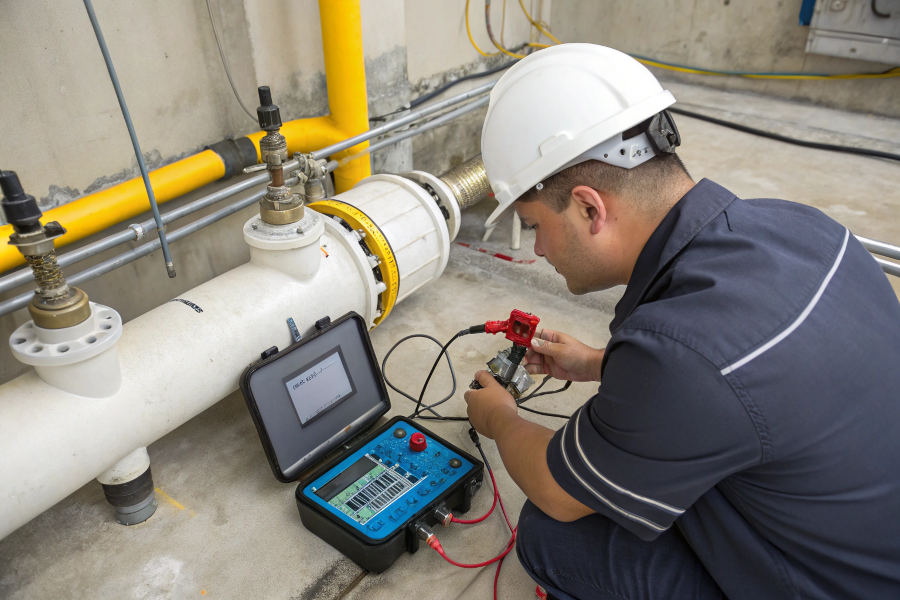Incorrect zero point adjustment can lead to significant measurement errors and process control issues, potentially costing thousands in product loss.
Zero point adjustment is a critical calibration process that ensures flow meters read zero when there is no flow, typically performed during installation and periodic maintenance.

Flow Meter Zero Point Adjustment
Let me share insights from my years of experience in flow meter calibration and maintenance.
What is Zero Point Adjustment?
Many operators struggle with flow meter accuracy issues due to improper zero point settings.
Zero point adjustment is the process of setting a flow meter’s baseline reading to zero when no flow is present, ensuring accurate measurements across the entire flow range.

Zero Point Adjustment Concept
From my calibration experience:
Understanding Zero Point
-
Key Concepts
Term Definition Importance Zero Point No-flow reference Baseline accuracy Zero Drift Change over time Measurement error Zero Stability Maintaining zero Long-term accuracy Zero Offset Deviation from true zero Calibration need -
Impact Factors
- Temperature changes
- Pressure variations
- Mechanical stress
- Electronic drift
Adjustment Requirements
-
When to Adjust
- Initial installation
- After maintenance
- Periodic verification
- Error detection
-
Prerequisites
- No flow conditions
- Stable temperature
- Proper venting
- Clean process lines
These fundamentals ensure successful zero point adjustment.
How Do I Zero a Flow Transmitter?
Improper zeroing procedures can result in persistent measurement errors and process control problems.
To zero a flow transmitter, ensure no-flow conditions, access the calibration menu, initiate zero adjustment, and verify the new zero point through the transmitter’s display or configuration tool.

Flow Transmitter Zeroing Process
Based on my field experience:
Zeroing Process
-
Step-by-Step Procedure
Step Action Verification Preparation Stop flow Confirm no flow Access Enter calibration mode Check display Adjustment Initiate zero process Monitor progress Verification Check zero reading Document results -
Common Methods
- Local display
- HART communicator
- Control system
- Mobile apps
Best Practices
-
Safety Considerations
- Process isolation
- Pressure relief
- Personal protection
- System safety
-
Documentation
- Initial readings
- Final settings
- Date and time
- Technician details
These procedures ensure accurate zeroing results.
What is Zero Stability of Coriolis Flow Meter?
Poor zero stability can compromise measurement accuracy, especially at low flow rates.
Zero stability in Coriolis meters represents the minimum measurable flow rate where accuracy specifications are maintained, typically expressed as a percentage of maximum flow rate.

Coriolis Zero Stability
Drawing from my Coriolis meter experience:
Understanding Stability
-
Key Parameters
Factor Description Impact Zero Drift Change over time Low flow accuracy Temperature Effect Environmental impact Stability variation Vibration External influence Measurement noise Process Noise Flow disturbance Reading fluctuation -
Performance Factors
- Tube design
- Installation quality
- Environmental conditions
- Process stability
Optimization Techniques
-
Installation Requirements
- Proper support
- Vibration isolation
- Temperature control
- Stress prevention
-
Maintenance Practices
- Regular verification
- Environmental monitoring
- Trend analysis
- Preventive checks
These considerations ensure optimal zero stability.
How to Adjust an Oxygen Flow Meter?
Incorrect oxygen flow meter adjustment can lead to dangerous situations and improper treatment delivery.
Oxygen flow meter adjustment involves setting the zero point with no flow, checking the float at various flow rates, and verifying the calibration against a reference standard.
%(percentage)oxygen-adjustment

Oxygen Flow Meter Adjustment
From my medical gas experience:
Adjustment Process
-
Safety Requirements
Step Action Purpose Inspection Check components Safety assurance Cleaning Remove contamination Proper operation Testing Verify operation Accuracy check Documentation Record results Compliance -
Critical Factors
- Safety protocols
- Clean environment
- Proper tools
- Reference standards
Verification Steps
-
Performance Checks
- Zero position
- Flow indicators
- Leak testing
- Flow accuracy
-
Documentation Requirements
- Calibration date
- Test results
- Next due date
- Technician certification
These procedures ensure safe and accurate operation.
Conclusion
Proper zero point adjustment is crucial for flow meter accuracy, requiring careful attention to procedure, safety considerations, and regular maintenance schedules.
